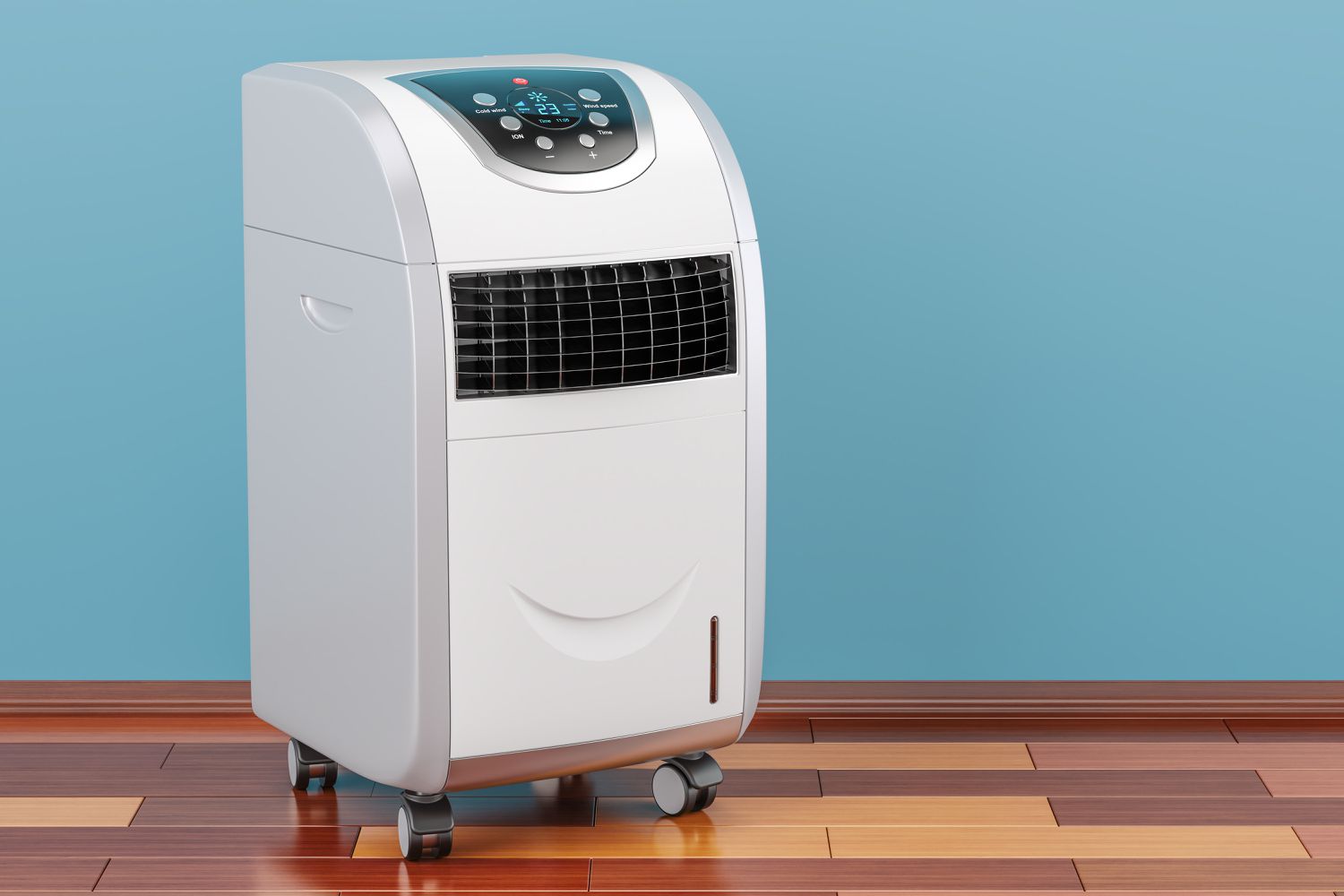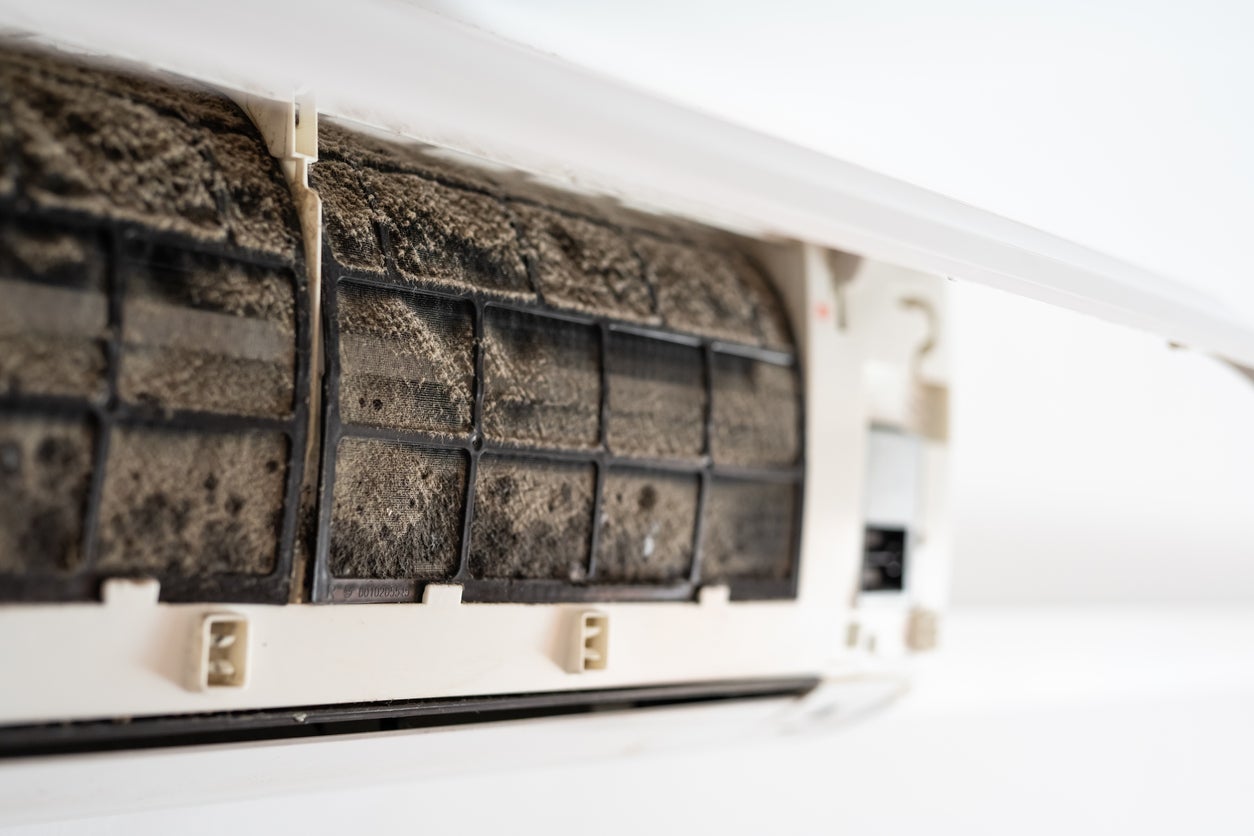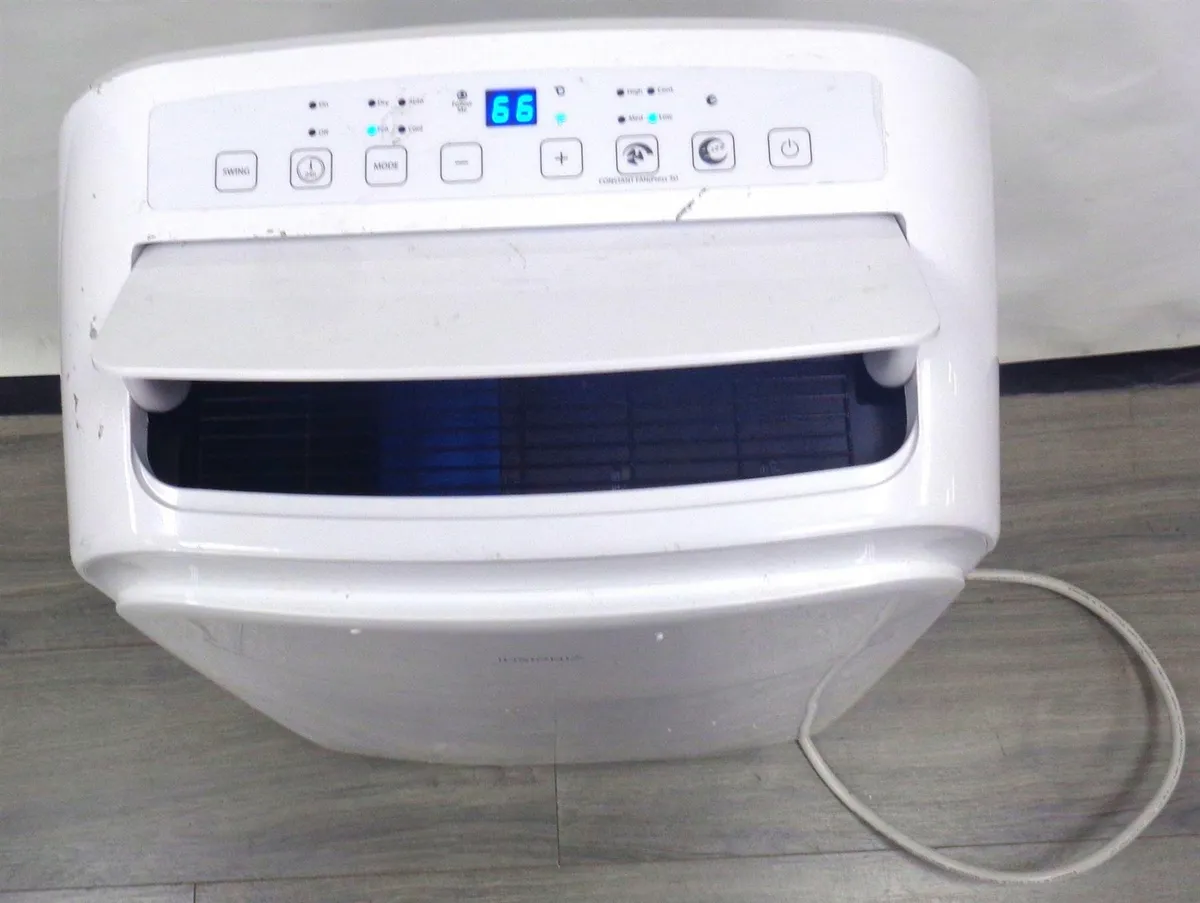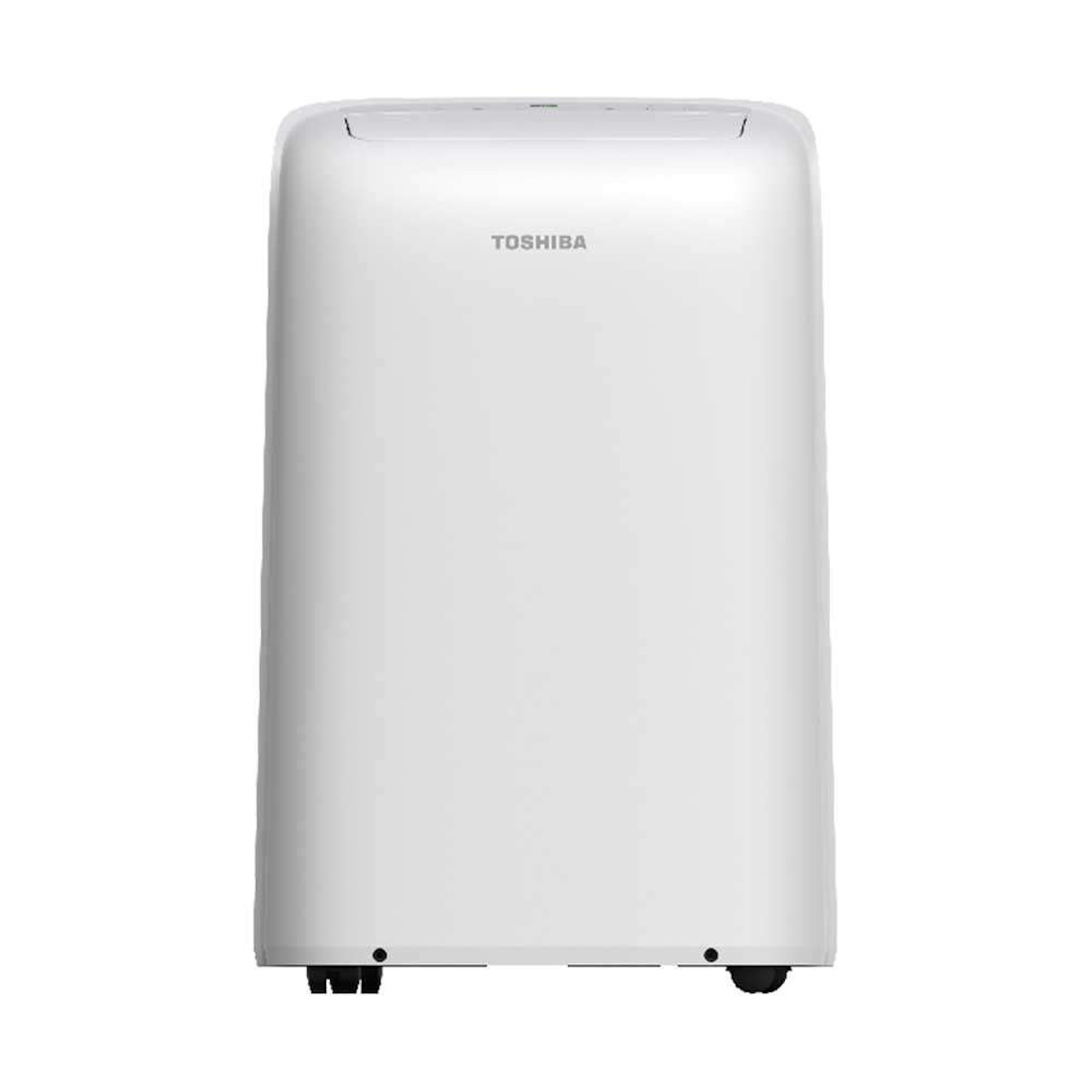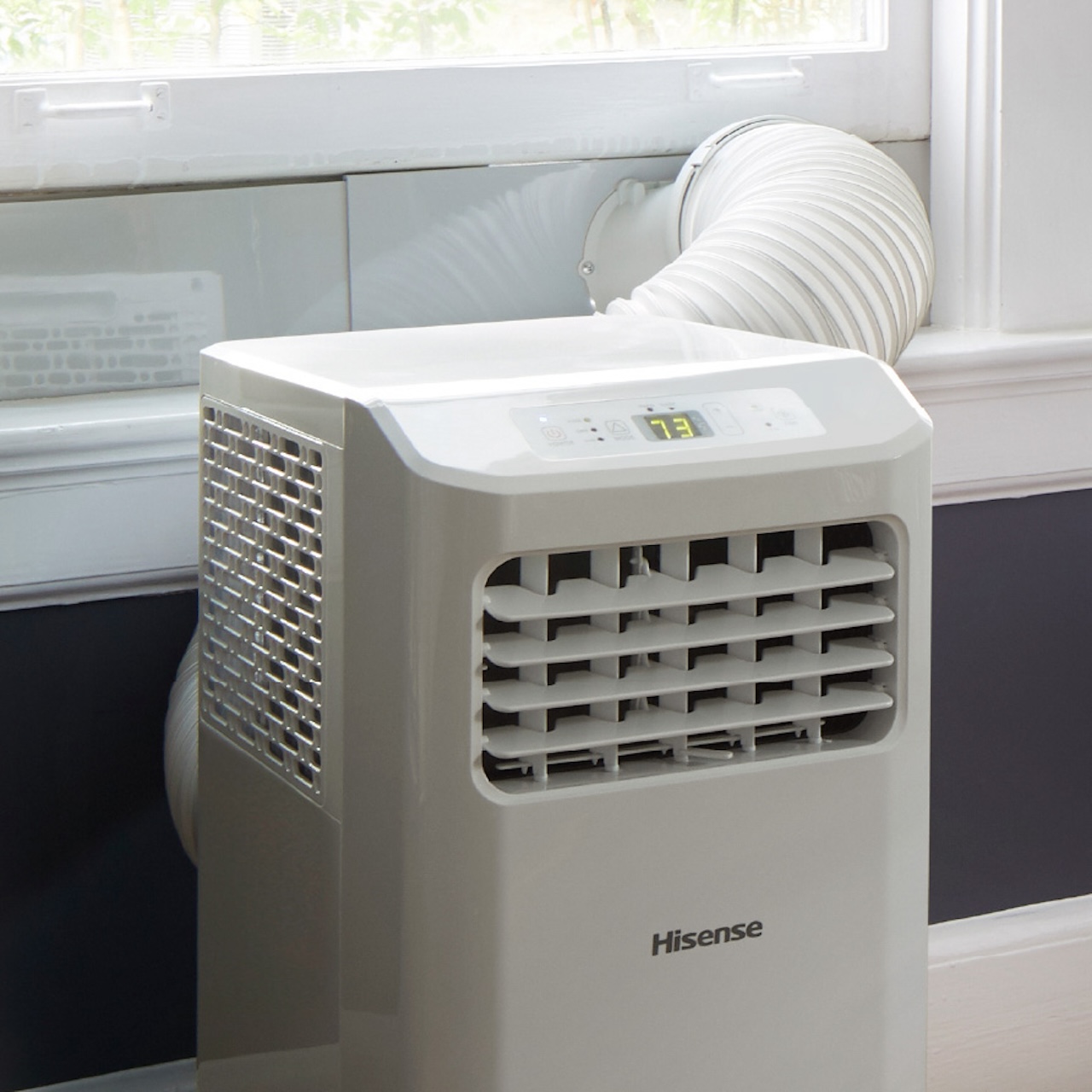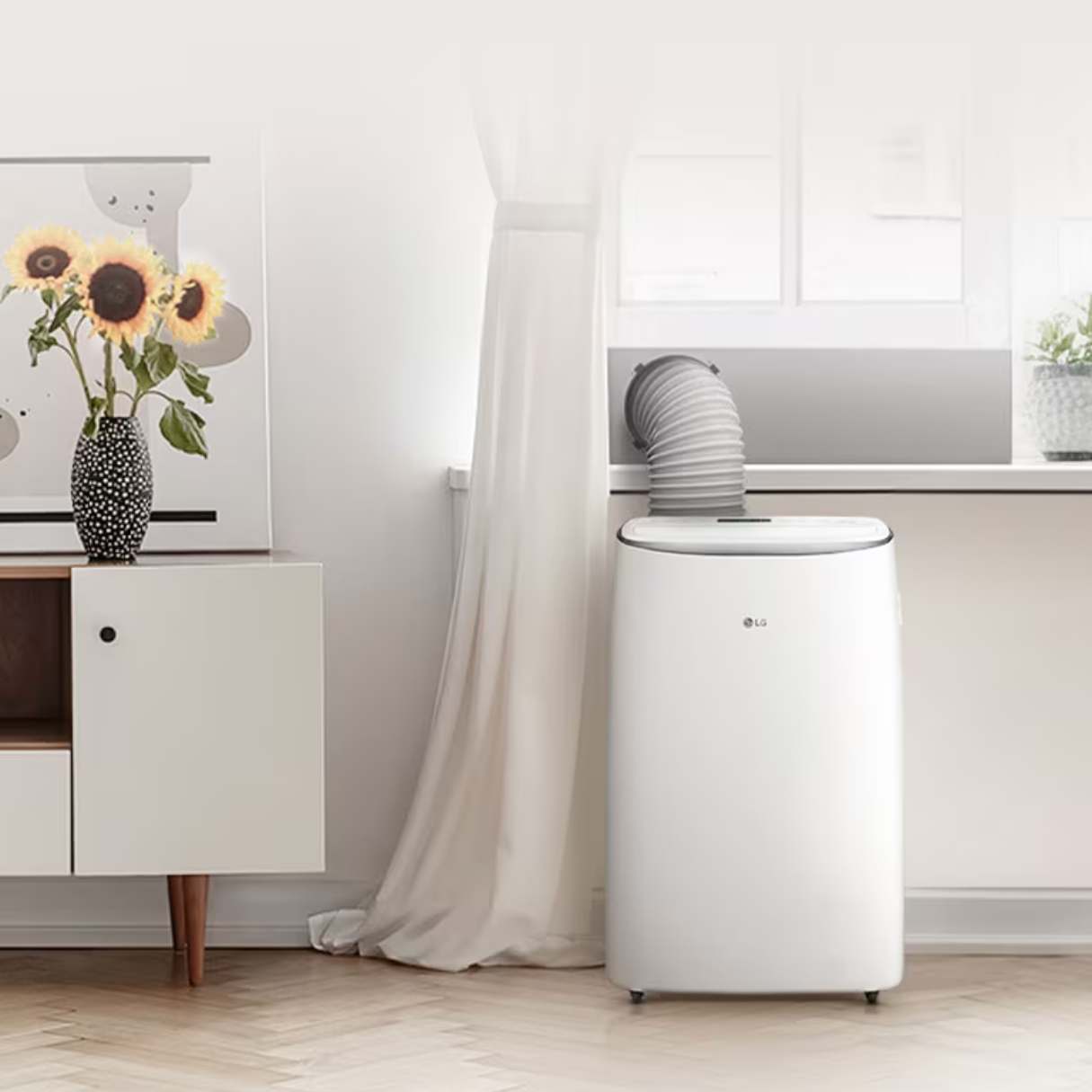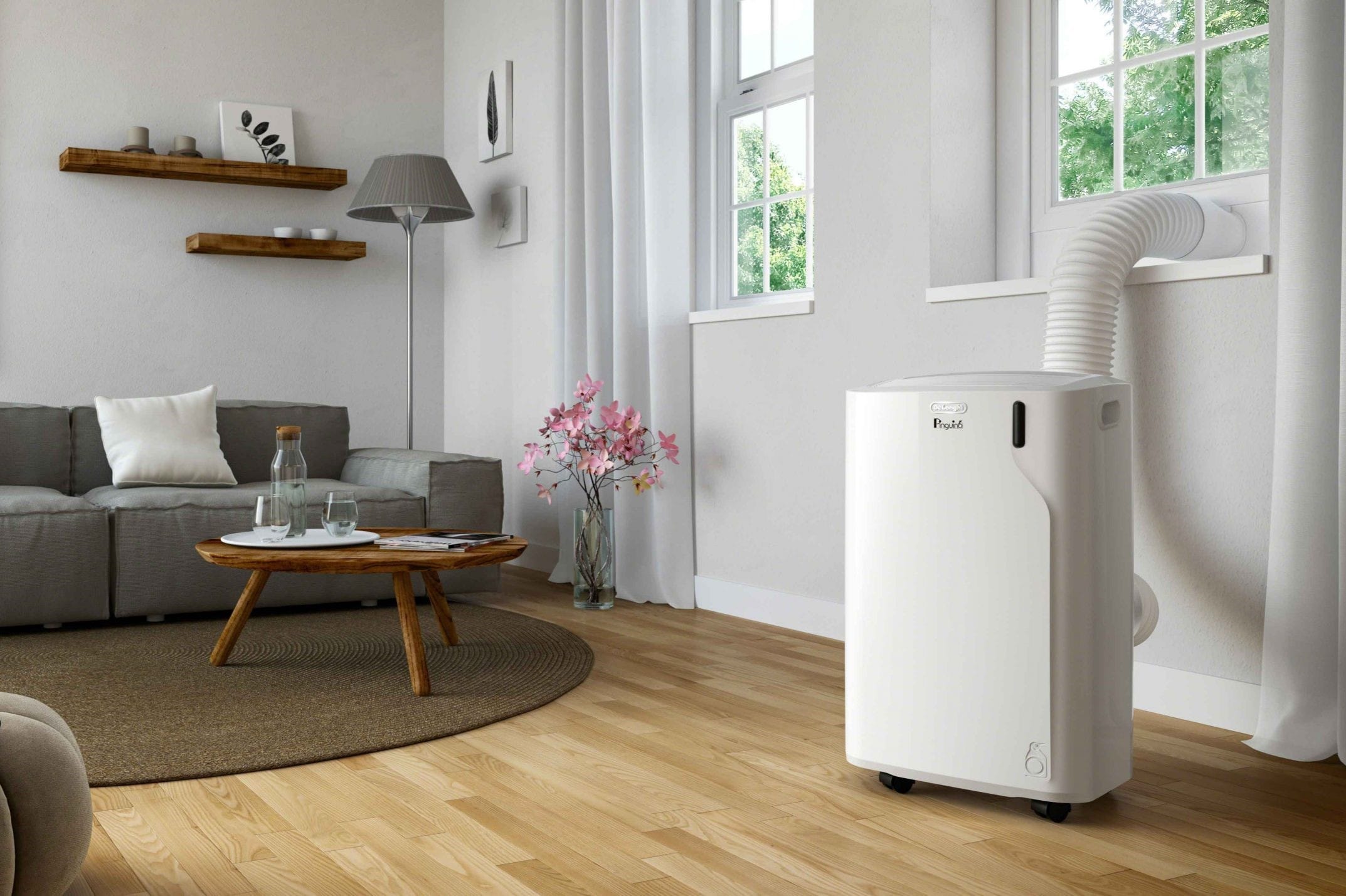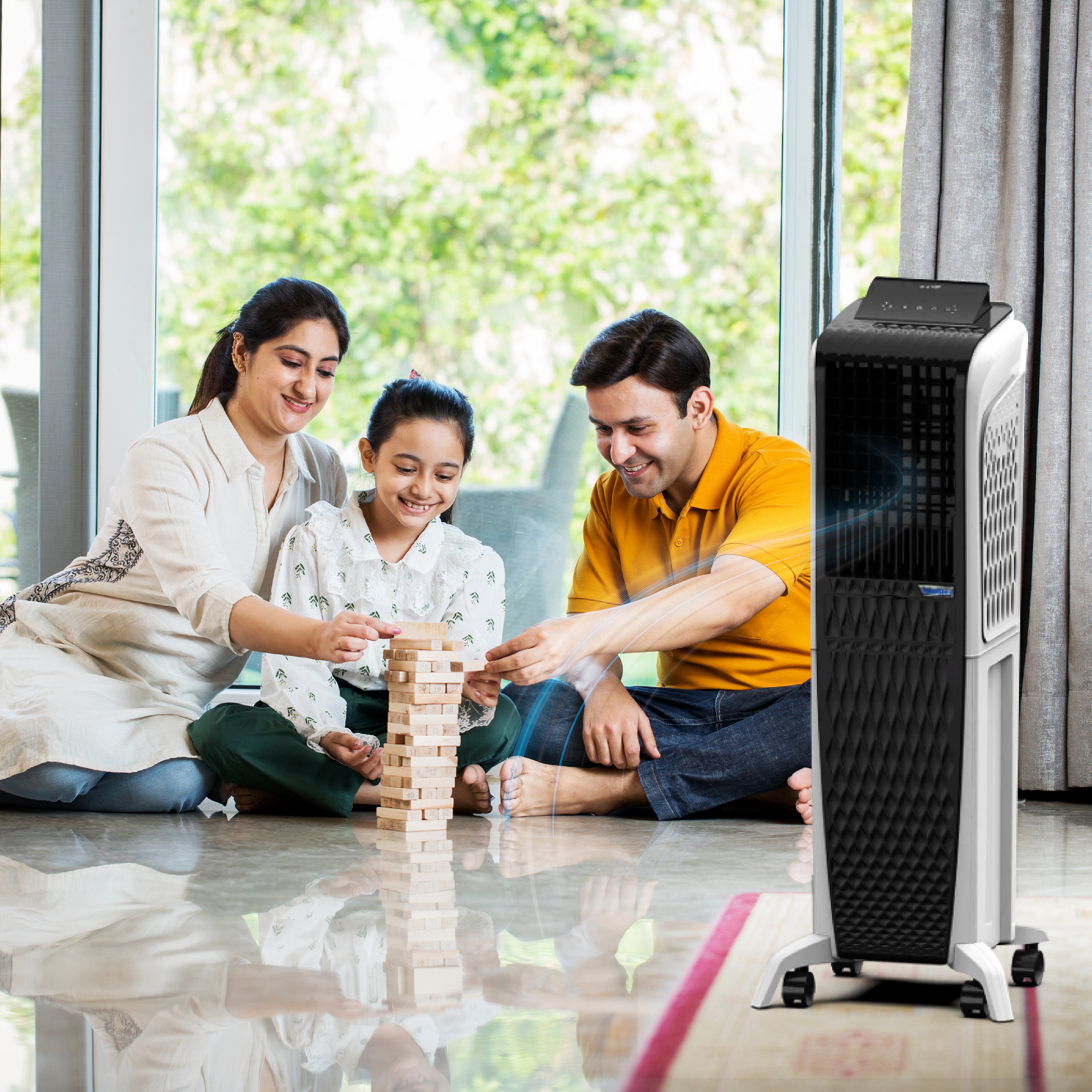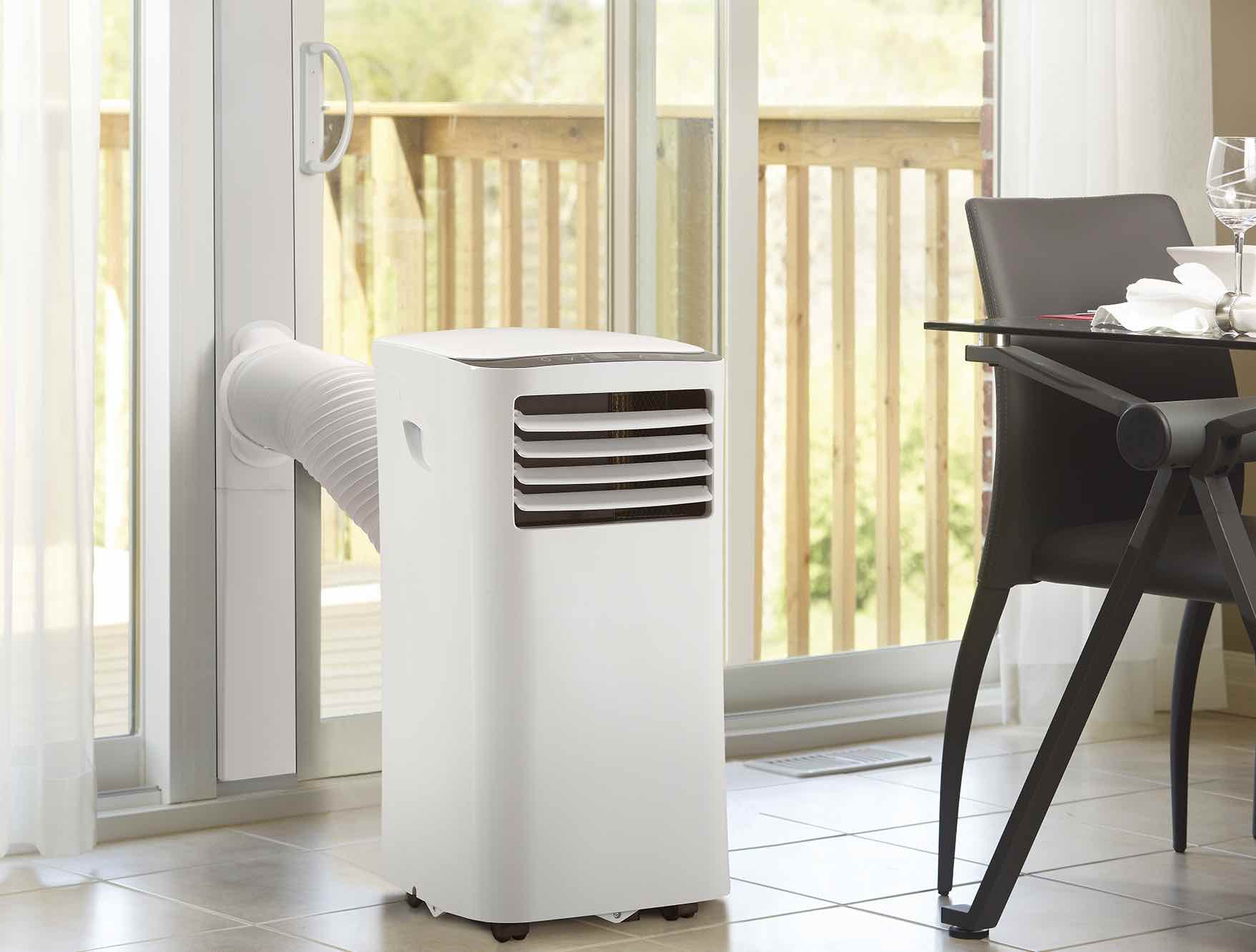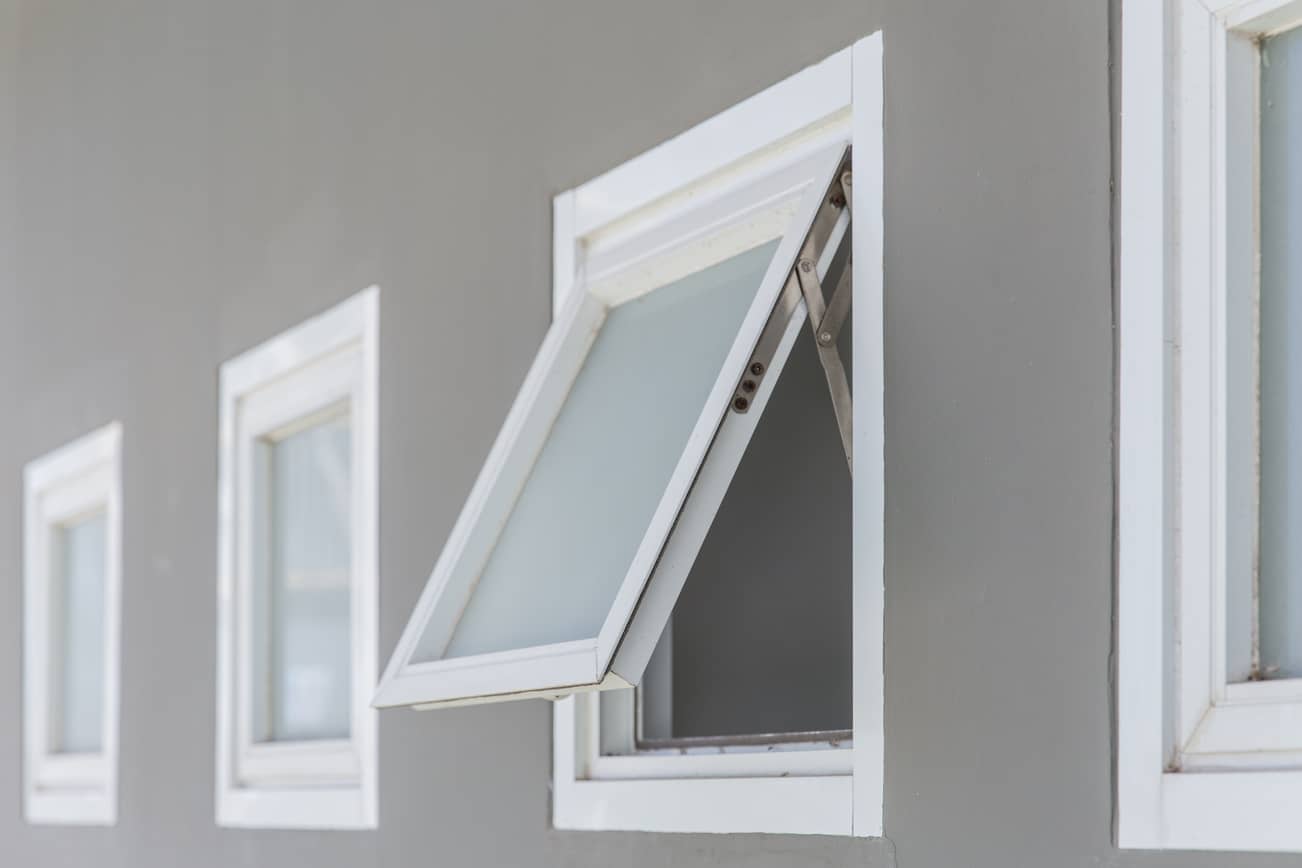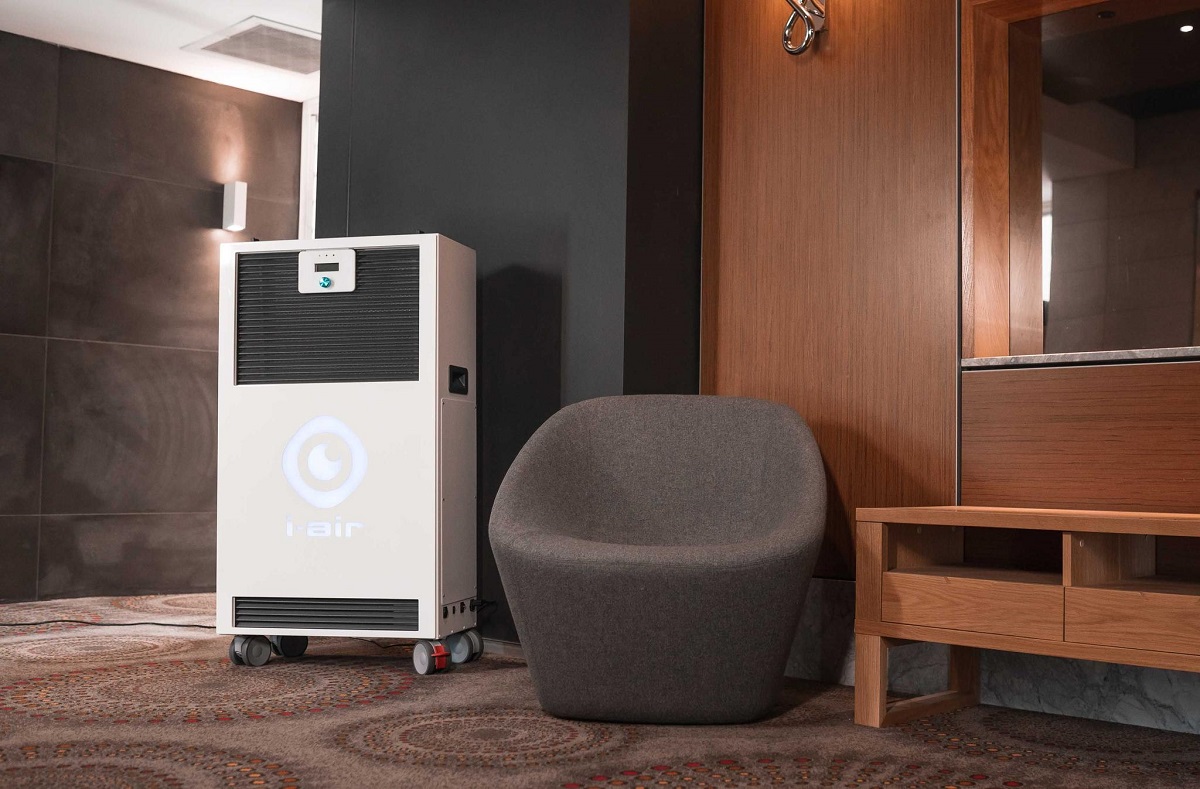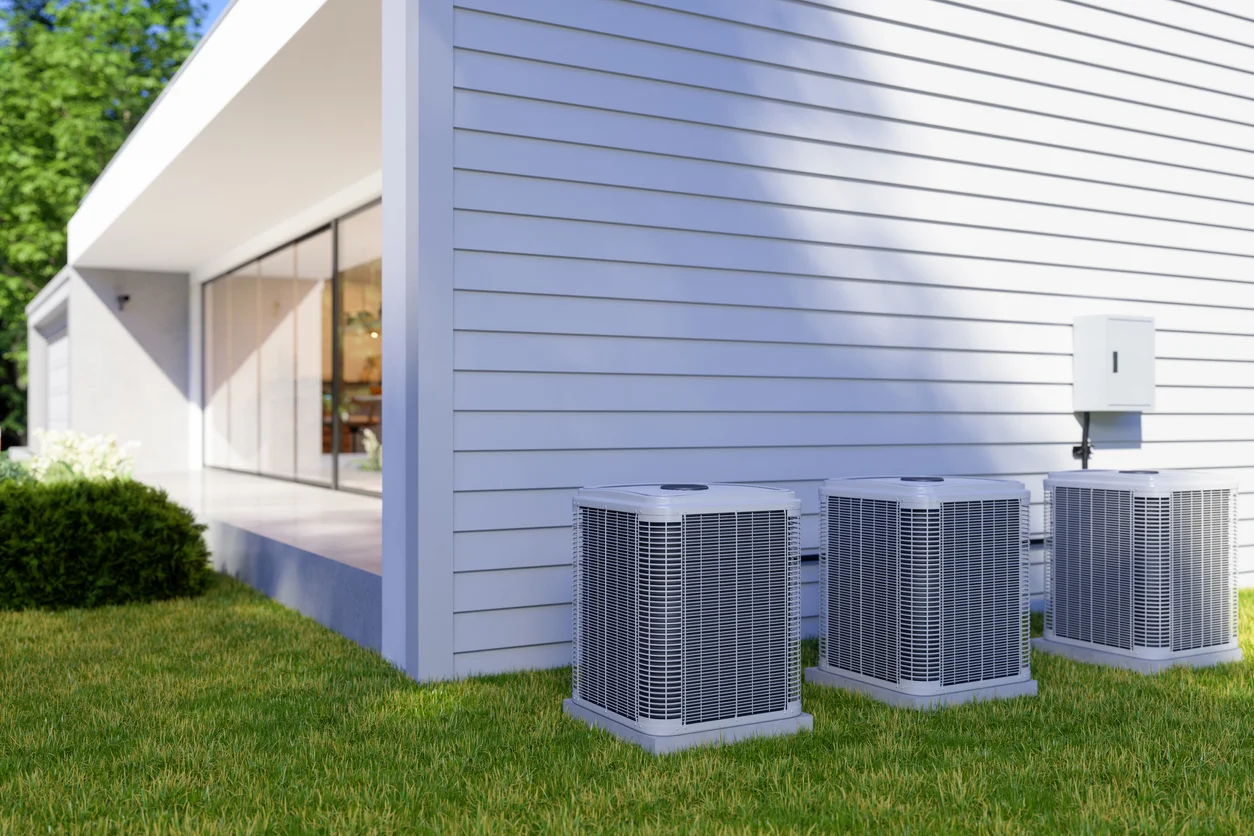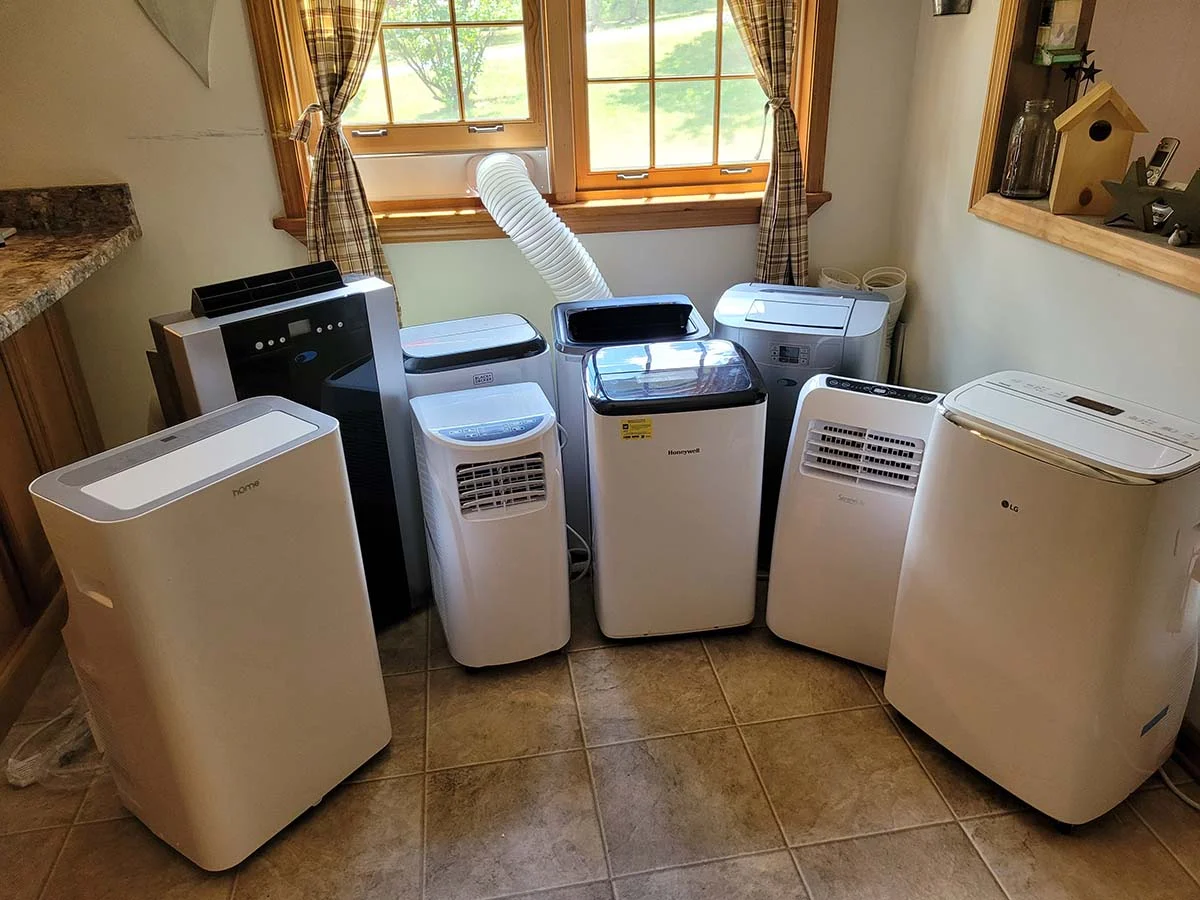Home>Home Maintenance>What To Look For In A Portable Air Conditioner
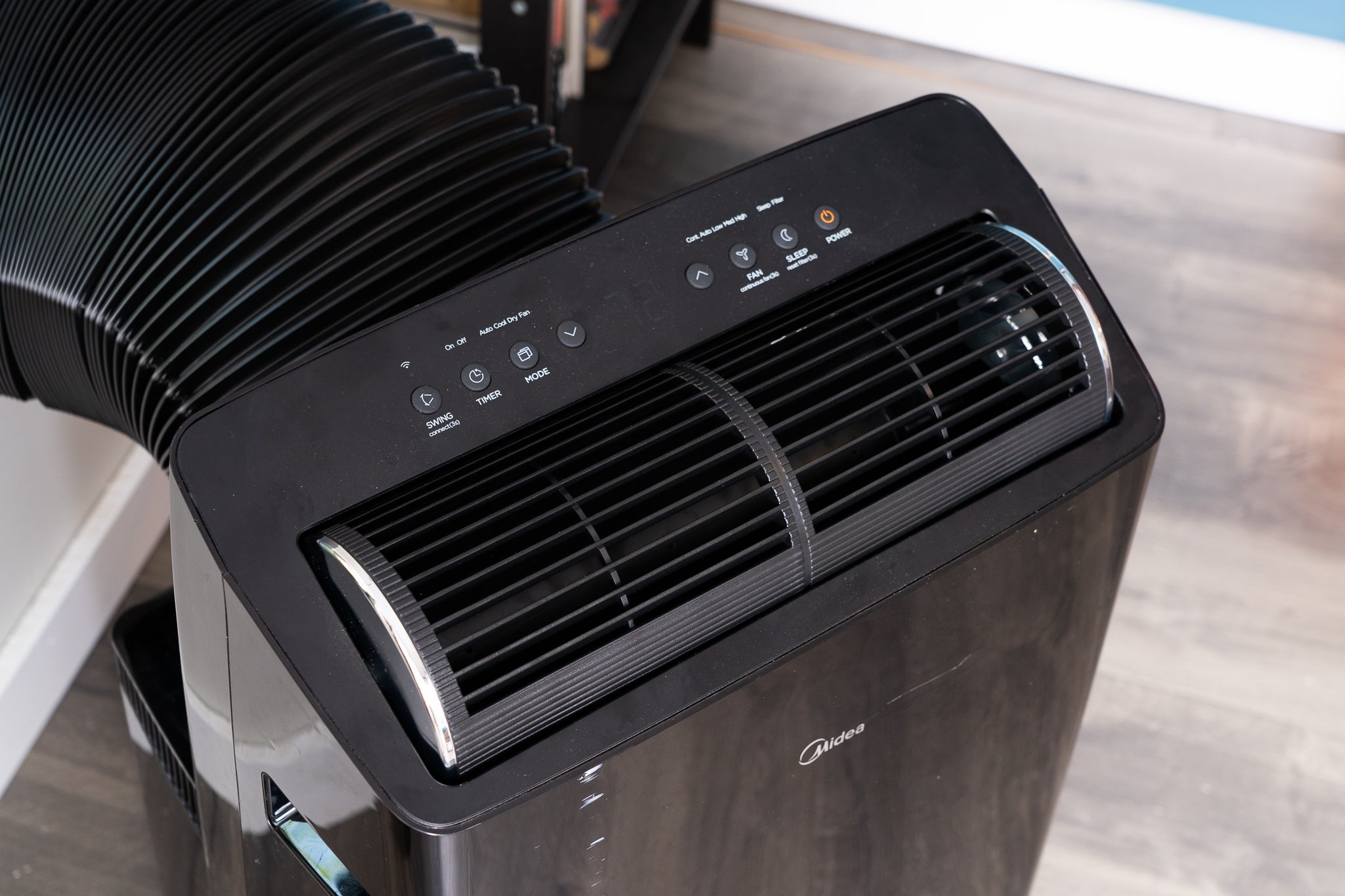

Home Maintenance
What To Look For In A Portable Air Conditioner
Modified: March 7, 2024
Looking for the perfect portable air conditioner for your home? Find out what to look for in a portable AC unit and ensure your home maintenance needs are met!
(Many of the links in this article redirect to a specific reviewed product. Your purchase of these products through affiliate links helps to generate commission for Storables.com, at no extra cost. Learn more)
Introduction
Welcome to the world of portable air conditioners, the ultimate solution to beat the summer heat and create a comfortable living space. Whether you live in a small apartment or a house without central air conditioning, a portable air conditioner can be your saving grace.
In this article, we will explore the key factors to consider when choosing a portable air conditioner for your home. From cooling capacity to energy efficiency, size and portability to noise level, installation and ventilation to features and controls, air filtration system to maintenance and cleaning, price, and warranty – we’ve got you covered.
But before we dive into the details, let’s take a moment to understand why portable air conditioners have become so popular in recent years.
The primary advantage of a portable air conditioner is its versatility. Unlike traditional units that are permanently installed in a single room, portable air conditioners can be moved from one room to another as per your needs. This means you can cool different areas of your home or office without the need for multiple units.
Another benefit is the ease of installation. Portable air conditioners do not require any complicated installation procedures or permanent modifications to your living space. They come with window ventilation kits that can be easily set up in a sliding or casement window, allowing the hot air to be expelled outside while cooling the room efficiently.
Additionally, portable air conditioners are an energy-efficient alternative to central air conditioning. By cooling only the rooms you need, you can save on energy consumption and reduce your carbon footprint. This makes portable air conditioners a smart and eco-friendly choice for cooling your home.
Now that we’ve established the advantages of portable air conditioners, let’s delve into the essential factors to consider when selecting the perfect unit for your needs. By understanding these aspects, you can make an informed decision and enjoy the cool comfort throughout the hot summer months. So, let’s get started!
Key Takeaways:
- Stay cool and save energy by choosing a portable air conditioner with the right cooling capacity and energy-efficient features. Look for units with programmable timers and sleep modes to keep your space comfortable while reducing electricity consumption.
- Keep it quiet and clean! Select a portable air conditioner with low noise levels for peaceful surroundings. Regular maintenance, including cleaning the air filter and vents, ensures optimal performance and healthier indoor air quality.
Read more: What Is A Dual Hose Portable Air Conditioner
Cooling Capacity
The cooling capacity of a portable air conditioner is one of the most crucial factors to consider when making a purchase. It determines the unit’s ability to cool a specific area effectively. The cooling capacity is measured in British Thermal Units (BTUs) and indicates the amount of heat that the air conditioner can remove from a room in one hour.
Choosing the right cooling capacity depends on the size of the room you want to cool. If the unit is too small, it will struggle to cool the space efficiently. On the other hand, if the unit is too large, it will cycle on and off frequently, resulting in energy wastage.
As a general rule of thumb, a portable air conditioner with 8,000 to 10,000 BTU is suitable for cooling a small room of up to 300 square feet. If you have a larger space, such as a living room or master bedroom, you may need a unit with a higher cooling capacity, around 12,000 to 14,000 BTU, to ensure optimal cooling performance.
Keep in mind that other factors, such as ceiling height, insulation, sunlight exposure, and the number of occupants in the room, can also impact the cooling efficiency. It’s always a good idea to consult the manufacturer’s guidelines or speak with a professional to determine the appropriate cooling capacity for your specific needs.
Remember, selecting the right cooling capacity ensures that your portable air conditioner operates efficiently, cools the room to your desired temperature, and provides a comfortable living environment throughout those hot summer days.
Energy Efficiency
When it comes to selecting a portable air conditioner, energy efficiency plays a vital role. An energy-efficient unit not only helps you save on utility bills but also reduces your environmental impact. Here are a few key points to consider regarding energy efficiency.
Firstly, look for a portable air conditioner with a high Energy Efficiency Ratio (EER). The EER rating indicates the cooling capacity of the unit relative to its power consumption. Higher EER ratings mean that the unit can cool a room efficiently while using less electricity. Look for a unit with an EER rating of 10 or above for optimal energy efficiency.
Secondly, consider investing in a unit with programmable timers and sleep modes. These features allow you to set specific times for the unit to operate and adjust its temperature settings automatically. By programming the unit to run only when needed, you can conserve energy and ensure that the room is cool when you need it the most.
Moreover, consider models with energy-saving modes or eco-friendly features. These features allow the unit to adjust its cooling capacity based on the ambient conditions, ensuring that it doesn’t work harder than necessary. Some units also have smart sensors that can detect occupancy in the room and adjust their cooling power accordingly.
Another energy-saving feature to look for is a programmable thermostat. This allows you to set and maintain a specific temperature in the room, ensuring that the unit doesn’t run continuously and waste energy.
Lastly, check for the Energy Star label. Portable air conditioners with the Energy Star certification meet strict energy efficiency guidelines set by the Environmental Protection Agency. Choosing an Energy Star-certified unit ensures that you are purchasing an energy-efficient appliance that will save you money in the long run.
By opting for an energy-efficient portable air conditioner, you can keep your living space cool and comfortable while minimizing your carbon footprint and reducing your energy bills.
Size and Portability
When selecting a portable air conditioner, size and portability are essential factors to consider. These aspects determine the unit’s ease of use, mobility, and adaptability to different spaces within your home.
Firstly, consider the physical dimensions of the unit. Measure the available space in the room where you plan to use the air conditioner to ensure that the unit fits properly. Check the height, width, and depth of the unit, as well as any additional clearance required for proper ventilation.
Additionally, consider the weight of the portable air conditioner. A lightweight unit is easier to move and transport, especially if you plan to use it in multiple rooms. Look for models that offer built-in handles or caster wheels for effortless maneuverability.
Another aspect to consider is the design and aesthetics of the unit. Choose a portable air conditioner that blends well with your home décor and does not disrupt the ambiance of the room. It’s also worth considering units with a sleek and compact design, as they take up less space and can be easily integrated into your living space.
In terms of portability, check if the unit offers a flexible exhaust hose. This hose allows you to vent hot air out of the room through a window or a sliding door. Ensure that the hose is long enough to reach the window comfortably.
Some portable air conditioners also feature a dual-hose design, which can improve cooling efficiency by expelling hot air more effectively. This design is especially beneficial in hot climates or rooms with high heat loads.
Furthermore, consider the ease of installation and setup. Look for user-friendly units that come with clear instructions and easy-to-use window installation kits. A hassle-free installation process ensures that you can quickly set up the unit and enjoy cool air without any complications.
Overall, choosing a portable air conditioner with a suitable size and excellent portability allows you to move the unit effortlessly between rooms and adapt to your changing cooling needs.
Noise Level
The noise level of a portable air conditioner is an important consideration, especially if you plan to use it in areas where quietness is essential, such as bedrooms or home offices. No one wants to be disturbed by the constant hum of an air conditioner while trying to sleep or concentrate.
When evaluating the noise level, look for units that offer a low decibel (dB) rating. Most manufacturers provide this information, which indicates the sound output of the unit. Aim for a portable air conditioner with a noise level of around 50 dB or lower for a quiet operation.
It’s also worth noting that noise level can vary depending on the cooling mode and fan speed. Some units have a “sleep” mode or “quiet” operation setting that reduces the noise level while still providing effective cooling. Consider these options if you prioritize a noise-free environment.
If possible, read customer reviews or check for noise level comparisons between different models. This will give you a better idea of how quiet the unit actually is in real-world scenarios.
In addition to noise level, consider the placement of the unit. Placing the portable air conditioner on a stable surface or using vibration-absorbing pads can help minimize vibrations and further reduce noise.
If noise is a significant concern for you, another option is to consider dual-hose portable air conditioners. These units tend to be quieter compared to their single-hose counterparts since the dual-hose design helps to eliminate the negative air pressure that can create noise.
Ultimately, finding a portable air conditioner with a low noise level ensures a peaceful and comfortable environment, allowing you to enjoy cool air without any disturbance or distraction.
Read more: How To Install A Portable Air Conditioner
Installation and Ventilation
The installation and ventilation process of a portable air conditioner is a crucial aspect to consider when choosing the right unit for your home. Proper installation and ventilation not only ensure the efficient cooling of the room but also prevent any potential issues that may arise from improper setup.
Firstly, check if the portable air conditioner comes with a window installation kit. This kit typically includes an adjustable window bracket or panel that allows you to fit the exhaust hose securely in the window opening. Make sure the kit is compatible with the type of window you have, whether it’s a sliding window, double-hung window, or casement window.
Follow the manufacturer’s instructions carefully to set up the window installation kit. It should provide a tight seal around the window opening to prevent hot air from entering the room and to ensure efficient air circulation. Proper installation helps maintain the cooling capacity of the unit and prevents energy wastage.
Next, consider the ventilation requirements of the portable air conditioner. Most units require a direct vent to expel hot air outside the room. Ensure that the exhaust hose is long enough to reach the window or an appropriate venting location. If the hose is too short, you may need to purchase an extension kit.
It’s crucial to vent the hot air properly to prevent heat buildup and maintain the effectiveness of the cooling process. If the exhaust hose is not properly connected or if there are any obstructions in the vent, it can hinder the unit’s performance. Regularly inspect the vent and exhaust hose for blockages or leaks to ensure optimal ventilation.
If you are unable to use a window for ventilation, some portable air conditioners offer alternative venting options. These options may include wall venting or ceiling venting kits. Ensure that the unit you choose provides the necessary accessories for these alternative venting methods.
Additionally, consider any additional installation requirements, such as drilling holes or securing the unit to a support structure. Some units may require permanent installation, while others can be easily moved and require minimal setup.
By ensuring proper installation and ventilation, you can optimize the performance of your portable air conditioner and enjoy efficient cooling without any ventilation-related issues.
When looking for a portable air conditioner, consider the size of the room you want to cool, the unit’s BTU (British Thermal Unit) rating, and its energy efficiency to ensure it meets your needs and saves you money on energy costs.
Features and Controls
When choosing a portable air conditioner, it’s essential to consider the features and controls the unit offers. These features not only enhance your comfort but also make it easier to operate and customize the cooling experience according to your preferences.
One key feature to look for is a programmable thermostat. This allows you to set and maintain a specific temperature in the room, ensuring that the unit does not run continuously and waste energy. Some units even have advanced temperature sensing capabilities that adjust the cooling power based on the ambient conditions.
Another useful feature is a remote control. With a remote control, you can conveniently adjust the settings of the portable air conditioner from anywhere in the room. This eliminates the need to constantly get up and manually control the unit.
Many portable air conditioners also offer different operating modes, such as cooling, fan, dehumidification, or even heating (in some models). These modes provide flexibility and allow you to choose the most suitable setting for your needs.
Additionally, consider units with multiple fan speeds. Having adjustable fan speeds allows you to customize the airflow intensity, ensuring optimal comfort. Lower fan speeds help create a quieter environment, while higher speeds provide more powerful cooling.
Sleep modes or night modes are another beneficial feature to look for. These modes gradually adjust the temperature and fan speed over time, creating a comfortable sleeping environment while conserving energy.
Smart features are also becoming increasingly common in portable air conditioners. These features allow you to control the unit remotely through a smartphone app or integrate it with home automation systems such as Amazon Alexa or Google Home. With smart features, you can schedule cooling cycles, monitor energy usage, and have greater control over your unit.
Finally, consider units with a built-in air purifier or ionizer. These features help improve indoor air quality by filtering out dust, pollutants, and allergens, resulting in cleaner and healthier air.
By choosing a portable air conditioner with the right features and controls, you can customize your cooling experience and enjoy enhanced convenience and comfort.
Air Filtration System
An often overlooked but crucial aspect of a portable air conditioner is its air filtration system. A good air filtration system not only helps to cool the room but also improves indoor air quality by capturing dust, allergens, and other airborne particles.
When selecting a portable air conditioner, look for units with a built-in air filter. The filter should be easily accessible and removable for regular cleaning or replacement. Some models even come with washable filters, saving you the cost of purchasing new ones.
The type of air filter used in the unit is also important. High-quality filters, such as HEPA (High-Efficiency Particulate Air) filters or activated carbon filters, are highly effective in capturing microscopic particles and pollutants from the air. These filters can help alleviate allergies and improve the overall air quality in your home.
Consider the filter replacement frequency as well. Some units require filter replacements every few months, while others may last longer. Make sure to check the manufacturer’s guidelines and factor in the cost and availability of replacement filters when making your decision.
Additionally, check if the portable air conditioner offers any additional air purification features, such as UV-C light technology or ionizers. UV-C light helps to eliminate bacteria, viruses, and mold spores in the air, while ionizers emit negative ions that attract and neutralize airborne particles.
Remember to regularly clean or replace the air filter as recommended by the manufacturer. This not only ensures optimal performance but also prolongs the lifespan of the unit and maintains its cooling efficiency.
By selecting a portable air conditioner with a reliable air filtration system, you can enjoy clean and purified air in your living space, promoting a healthier and more comfortable environment.
Maintenance and Cleaning
Maintaining and cleaning your portable air conditioner is crucial for its optimal performance and longevity. Regular maintenance helps keep the unit running efficiently, prevents issues, and ensures that you can enjoy cool air throughout the summer months. Here are some important maintenance and cleaning considerations to keep in mind:
1. Read the manufacturer’s instructions: Familiarize yourself with the specific maintenance requirements of your portable air conditioner. The manufacturer’s manual will provide detailed instructions on how to clean the unit, when to replace filters, and other important maintenance tasks.
2. Clean or replace the air filter: The air filter of your portable air conditioner collects dust and debris over time and can become clogged. Clean or replace the filter regularly to maintain optimal airflow and prevent the unit from working harder than necessary. Follow the manufacturer’s guidelines for cleaning and filter replacement.
3. Clean the unit’s exterior: Dust and dirt can accumulate on the exterior surfaces of the unit, hindering its performance and reducing its lifespan. Wipe down the unit’s exterior regularly using a soft cloth and mild detergent. Avoid using abrasive cleaners or harsh chemicals that can damage the unit’s finish.
4. Clean the condensate drain: Portable air conditioners produce condensate when cooling the air, which needs to be drained properly. Check the condensate drain regularly and ensure that it is free from any obstructions or blockages. Follow the manufacturer’s instructions for cleaning and maintaining the condensate drain.
5. Check and clean the exhaust hose and vents: The exhaust hose and vents are essential for proper ventilation. Inspect them regularly for any clogs or blockages and clean them if necessary. Ensure that the exhaust hose is properly connected and routed to expel hot air outside the room effectively.
6. Keep the surrounding area clean: The area around the portable air conditioner should be free from dust, debris, and obstructions. Keep the space around the unit clean and clear to allow for proper airflow and ventilation.
7. Schedule professional maintenance: Consider scheduling professional maintenance for your portable air conditioner at least once a year. A qualified technician can thoroughly inspect and clean the unit, check for any potential issues, and ensure its smooth operation.
By following these maintenance and cleaning tips, you can prolong the lifespan of your portable air conditioner and maintain its optimal performance, ensuring that you can enjoy cool and refreshing air for years to come.
Read more: How To Hide A Portable Air Conditioner
Price and Warranty
Price and warranty are important factors to consider when purchasing a portable air conditioner. While it’s natural to want to find a unit at an affordable price, it’s equally important to ensure that the unit comes with a reliable warranty for peace of mind. Here are some key points to consider:
1. Price range: Portable air conditioners come in a range of prices, depending on the brand, size, cooling capacity, and features. Set a budget based on your needs and preferences, but also keep in mind that higher-quality units with advanced features may come at a higher price. Consider the long-term benefits and energy efficiency of the unit when evaluating its price.
2. Warranty coverage: Checking the warranty coverage is essential to protect your investment. Most portable air conditioners come with a manufacturer’s warranty that covers defects in materials and workmanship for a specific period. Ensure that the unit you choose has a warranty duration that aligns with your expectations. Additionally, read the terms and conditions of the warranty to understand what is included and any limitations or exclusions that may apply.
3. Extended warranty options: Some retailers or manufacturers offer extended warranty options for a nominal fee. These extended warranties can provide additional coverage beyond the standard warranty period, offering more comprehensive protection for your portable air conditioner. Evaluate the cost and benefits of extended warranty options before making a decision.
4. Customer support and service: Consider the reputation and reliability of the manufacturer or retailer in terms of customer support and after-sales service. Find out if they have a dedicated customer service team that can assist you with any issues or questions you may have regarding the unit. Prompt and responsive customer service can make a significant difference in your overall satisfaction with the product.
5. Value for money: When assessing the price of a portable air conditioner, look beyond just the upfront cost. Consider the unit’s features, energy efficiency, durability, and overall performance to determine its value for money. A slightly higher-priced unit that offers superior performance and a longer warranty may provide better long-term value compared to a cheaper alternative.
Before making a final decision, compare prices and warranty terms from different brands or retailers. Read reviews and do thorough research to ensure that you are making an informed choice. By considering both the price and warranty, you can find a portable air conditioner that not only fits your budget but also provides peace of mind and reliable cooling for years to come.
Conclusion
Choosing the right portable air conditioner is essential for creating a comfortable living space during the hot summer months. By considering factors such as cooling capacity, energy efficiency, size and portability, noise level, installation and ventilation, features and controls, air filtration system, maintenance and cleaning, price, and warranty, you can make an informed decision that meets your specific needs.
Remember to select a portable air conditioner with a cooling capacity suitable for the size of the room you want to cool. Look for energy-efficient units with programmable timers, sleep modes, and energy-saving features to help reduce electricity consumption. Consider the size and portability of the unit, ensuring that it fits your space and is easy to move between rooms.
Pay attention to the noise level of the portable air conditioner, especially if you plan to use it in bedrooms or office spaces where quietness is crucial. Proper installation and ventilation are key to ensuring efficient cooling and proper airflow. Clean and maintain the unit regularly, including the air filter, exhaust hose, and vents, to optimize performance and improve indoor air quality.
When considering the price, look for units that offer a balance between cost and features. Consider the warranty coverage offered by the manufacturer and evaluate any extended warranty options. Look for units from reputable brands that provide excellent customer service and support.
In conclusion, finding the perfect portable air conditioner requires careful consideration of multiple factors. By understanding your specific cooling needs and prioritizing features and specifications, you can choose a unit that provides efficient and reliable cooling while maximizing your comfort and convenience. So, stay cool and enjoy the summer with your ideal portable air conditioner!
Frequently Asked Questions about What To Look For In A Portable Air Conditioner
Was this page helpful?
At Storables.com, we guarantee accurate and reliable information. Our content, validated by Expert Board Contributors, is crafted following stringent Editorial Policies. We're committed to providing you with well-researched, expert-backed insights for all your informational needs.
